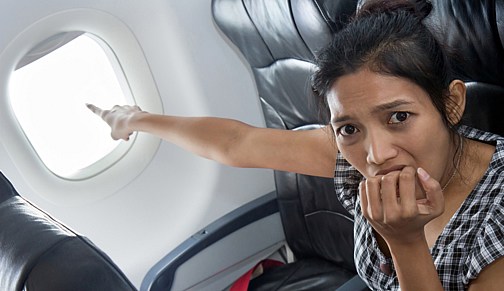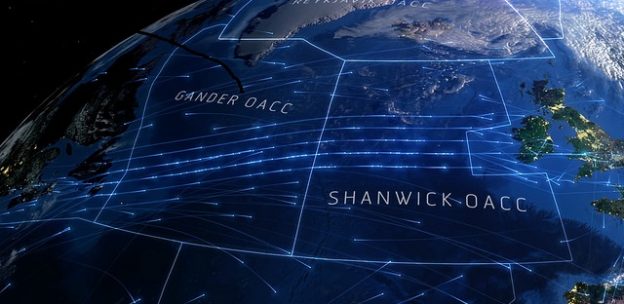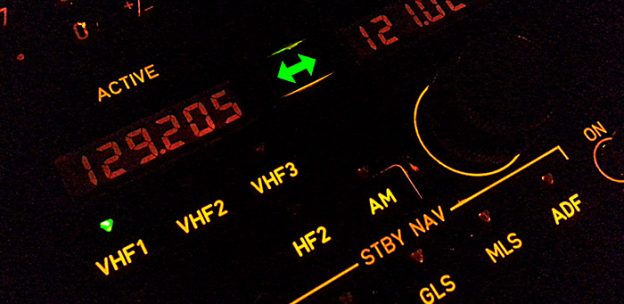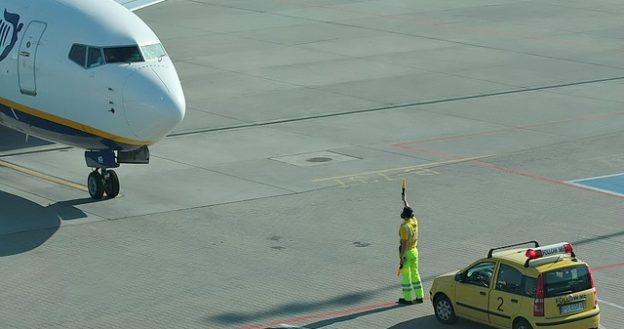Dispelling the ATC fears for nervous flyers
29 June 2015The airspace above our heads is often referred to as the ‘invisible infrastructure’, with ‘huge motorways in the sky’.
When NATS released its UK 24 video, it showed just how many flights are up in that invisible infrastructure on a daily basis.
While some nervous flyers found it reassuring to see how much control, organisation and process goes into every flight, for some it was a little unnerving. We show this video at our Virgin Atlantic Flying Without Fear programme and tackle head-on any concerns our nervous customers have.
Around 3,000 people a year attend our courses with a range of fears, each of whom are converted within a nine hour session. Communication is key for our customers; we talk through their fears, explain the technical facts using videos and photos, explain the professionalism of those in the industry, the remarkable technology, the constant communication between pilots and controllers in the process of flying an aircraft and give psychological techniques to identify their fears and deal with the physical, mental and emotional reactions. We explain to the customers they’re not irrational fears, there is logic to them, but they are making an incorrect risk assessment. It’s about challenging and changing our behaviours to erase the fears.
Like many other programmes, we hold multiple sessions throughout the year, and each time tell our customers it is because the skies are busy that there is so much procedure in place to ensure safety. Across commercial aviation, we all have plans, procedures and back-up plans in place.
One part of the safety chain is ATC. It is why the training for air traffic controllers is so rigorous. As part of our preparation as course leaders, we visited Swanwick and we tell our customers about all the back-ups NATS has in place, that the controllers take regular breaks to ensure they are rested and alert, and that a team of supervisors are watching and managing the operation and its interface with the UK’s neighbouring air traffic control organisations.
Across the aviation industry, you will find highly trained, resourceful teams and individuals in a highly regulated industry – all designed to minimise any risks associated with flying.
Our customers then use all the knowledge and techniques they’ve learned upon a flight where a pilot and the volunteers will explain what is happening as the flight goes along. For example, a change in the flight level as they go through a cloud, any sounds, if they experience turbulence, describing what is happening, why and explaining the aircraft movements. It’s our cave-like instinct to react emotionally to something we are not used to or that we don’t feel is natural. But it’s for those individuals to decide whether to trust that apprehensive feeling in their stomach or the pilot, airline staff, engineers and manufacturers of the technology and the ATCOs, who are all highly trained to do the job.
We often say living is not 100% safe. Risk is everywhere. The thing about commercial aviation is that we do everything we can to minimise the risks. If it does go wrong, which thankfully is extremely rare, we all learn from it. We learn fast, make changes fast and look forward. We are never complacent and as a result, the world of commercial aviation is very safe with some of the most professional people you may ever meet, from engineers to air traffic controllers, to cabin crew, to pilots, all working together to give you confidence in choosing to fly.
Comments
Please respect our commenting policy and guidelines when posting on this website.




